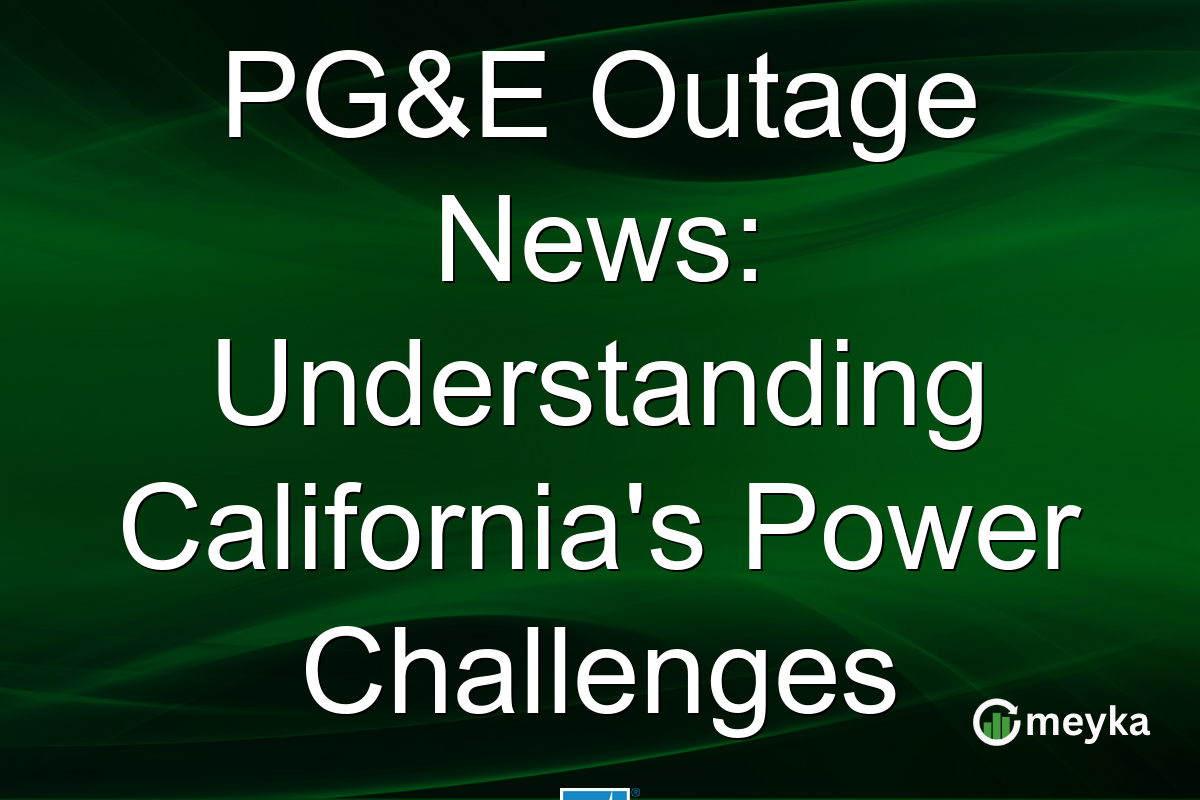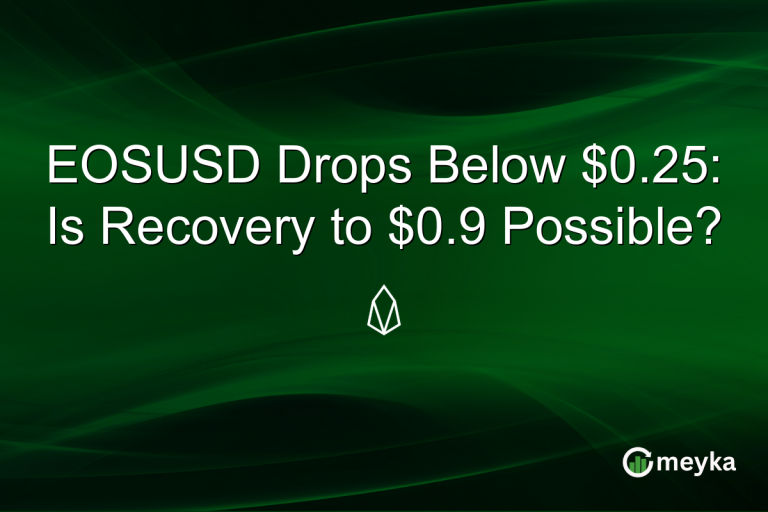PG&E Outage News: Understanding California’s Power Challenges
California’s power landscape is buzzing with reports of PG&E implementing extensive outages. These actions, part of their wildfire prevention strategies, have disrupted Northern California significantly. The outages are not just a local issue; they have implications for PG&E’s stock and raise questions about the company’s infrastructure resilience and risk management strategies. Let’s delve into the details of PG&E’s situation today and explore the broader impacts on investors and the community.
The Scope of PG&E’s Outages
PG&E’s decision to impose widespread power outages highlights the company’s proactive approach to wildfire prevention. With the threat of wildfires increasing, these outages are intended to minimize risks but have led to notable disruptions. According to CNBC, the company has turned off power for thousands of residents and businesses across Northern California. This approach is not without controversy. While aimed at preventing catastrophic fires, the operational challenges and public inconvenience are significant. Many residents have expressed frustration due to the lack of preparation time and the economic impact on local businesses. These outages have ignited discussions about the need for more resilient infrastructure in California’s power supply chain.
Impact on PG&E Stock
For investors, the outages and ensuing controversies have a direct impact on PG&E’s stock performance. As of now, PCG is trading at $15.09, witnessing a slight decline by 0.92%. The stock’s year high was $21.72, while its year low is $12.97. These fluctuations are partly influenced by broader market conditions and recent company actions. Analyzing the stock further, PCG has a market cap of $33.12 billion, but its recent performance reveals some concerns. With a five-year growth of 41.89% but a year-to-date decline of 17.74%, investor sentiment is mixed. Analyst ratings reflect this uncertainty, with a consensus leaning towards a ‘Sell’ recommendation. Investors are advised to approach PG&E with caution as it navigates these operational challenges.
Wildfire Prevention and Infrastructure Challenges
PG&E’s strategy centers on wildfire prevention, a critical aspect given California’s fire-prone environment. However, the approach raises questions about infrastructure adequacy and long-term sustainability. As reported by Reuters, PG&E is under intense scrutiny for its risk management practices. The company has made significant investments in upgrading their grid, yet challenges persist. The outages highlight the need for innovative solutions such as microgrids and improved grid management. By enhancing these systems, PG&E aims to reduce future outages and bolster reliability. The success of these measures is vital for maintaining public trust and ensuring the company’s operational stability.
Future Outlook and Investor Considerations
Looking ahead, PG&E faces the challenge of balancing safety with service continuity. The company’s earnings announcement on October 29, 2025, will provide further insights into its financial health and strategic direction. Analysts have set a target consensus price of $22.14 for PCG, indicating potential growth prospects if the company can effectively manage its current issues. For investors, PG&E represents both risk and opportunity. The utility sector’s resilience amidst challenges like these can offer long-term benefits. As mentioned in a Yahoo Finance report, PG&E’s commitment to safety and infrastructure improvement is crucial for its stock’s future performance. Investors should remain informed and consider utilizing tools like Meyka for real-time insights and predictive analytics, which can be crucial in navigating these uncertain times.
Final Thoughts
In conclusion, PG&E’s current situation presents a complex interplay of challenges and opportunities. The power outages, while necessary for wildfire prevention, pose significant operational hurdles. PG&E’s stock reflects these uncertainties but also hints at recovery potential. As investors, understanding these dynamics and leveraging platforms like Meyka can enhance decision-making. While PG&E continues to fortify its infrastructure, the path forward will require balancing immediate safety needs with long-term strategic planning.
FAQs
The power outages are part of PG&E’s wildfire prevention strategy, aimed at reducing the risk of fires during peak fire seasons in California. These measures help prevent potential damage and ensure public safety.
PG&E’s stock, trading at $15.09, has seen fluctuations due to the outages and broader market conditions. The year-to-date decline of 17.74% reflects investor concern over operational risks and future performance.
PG&E is investing in grid upgrades, including microgrids and enhanced grid management systems. These efforts aim to improve reliability and reduce future outages, although challenges remain.
Disclaimer:
This is for information only, not financial advice. Always do your research.






